Wavy Hair Extensions: Types & How To Take Care

Key Takeaways
- Understanding whether you have 2A, 2B, or 2C waves helps you choose wavy hair extensions that blend naturally and enhance your unique texture without weighing it down.
- Wavy hair extensions made from human hair can be heat-styled, washed, and treated just like your real hair, making them ideal for long-term wear and everyday styling.
- Whether you’re wearing natural waves or wavy clip-in hair extensions, using lightweight, hydrating products and styling gently helps maintain bounce, shine, and softness.

Wavy Hair Extensions
Looking for the perfect wave match?
Explore premium-quality wavy hair extensions human hair at Livicor Hair, where beauty meets comfort and effortless volume.
Types Of Wavy Hair Extensions
Not all waves are created equal! Whether you're shopping for wavy hair extensions or just trying to understand your natural texture better, it helps to know exactly what type of wavy hair you have.
Hair stylists often use a curl classification system from 1A to 4C. Type 2 refers to wavy hair, and it’s split into three categories: 2A, 2B, and 2C. Each type has its look and texture, which matters when picking out wavy clip-in hair extensions or any other kind of wavy human hair extensions.
Let’s break down the three main types of wavy hair so you can choose extensions that blend in beautifully and give you the most natural, flawless finish.

The 3 types of wavy extensions. Source: Hair.com
1. Type 2A: Fine, Loose Waves
Type 2A hair is the softest and loosest of all the wavy types. It has a gentle “S” shape that usually starts around the mid-lengths and can almost look straight if brushed out. This type of hair is typically fine and doesn’t have much natural volume or frizz.
If you have 2A hair, you’ll want wavy hair extensions that are light and flexible, something that adds fullness without weighing your hair down. Wavy clip-in hair extensions work especially well for this hair type because they’re easy to apply, won’t cause damage, and give you instant body for special occasions or everyday styling.
Since 2A waves are delicate, opt for human hair extensions so you can curl, straighten, or lightly wave them to match your natural hair. Look for lightweight products and avoid anything heavy or oily that might flatten your texture.
See more: How Do Hair Extensions Work? Step-by-Step Process
2. Type 2B: Defined Waves with Some Frizz
Type 2B hair has more noticeable, defined waves that create a soft S-pattern from mid-length to ends. It’s often medium in thickness and may get a little frizzy, especially in humid weather.
If you have this type of hair, wavy hair extensions human hair that already comes in a loose wave pattern, will blend beautifully with your natural hair. You don’t need as much styling to match the texture, and you’ll enjoy a nice boost in volume.
Frizz control is key here. Choose sulfate-free shampoos and conditioners, and try to let your hair air dry or use a diffuser. When picking wavy clip-in hair extensions, go for ones made from 100% remy human hair so they mimic your natural texture and hold waves better throughout the day.
3. Type 2C: Thick, Coarse Waves
Type 2C is the most defined and textured of all the wavy types. It has waves that start right from the roots and can sometimes include slight ringlets. This hair type is usually thicker, coarser, and more prone to frizz or dryness.
For 2C hair, look for wavy hair extensions that have a fuller body and stronger wave pattern. You’ll want extensions that match the natural density and shape of your hair so the blend looks seamless.
The best option here is wavy hair extensions, human hair, especially those that have been styled into deep waves or beachy textures. Remy human hair can be washed, styled, and conditioned just like your real hair, which is important since 2C hair tends to need more moisture and care.
You may also want to consider sew-in or tape-in extensions for longer wear, as these can offer a more secure hold and blend better with thick hair when professionally installed.
Characteristics Of Wavy Hair Extensions
What Sets Wavy Hair Apart from Curls and Coils?
Wavy hair is different from curly or coily hair mostly in its pattern and behavior. While curly hair forms tighter spirals or ringlets, wavy hair has a looser, stretched-out S-shape. Coily hair, on the other hand, forms zigzag or Z-shaped coils that start at the root and are tightly packed.
Because it’s not too straight or too curly, wavy hair can sometimes be tricky to categorize, but that’s part of its charm. It holds styles well, has natural volume, and works beautifully with wavy hair extensions for both subtle changes and dramatic transformations.
See more: 5 Best Hair Extensions for Thin Hair or Fine Hair
The Role of Hair Porosity in Wavy Hair
Knowing your wave type is important, but so is understanding your hair’s porosity—or how well your hair absorbs and holds onto moisture. This plays a big role in how you care for your natural waves and how well your wavy hair extensions human hair hold up over time.
Here are the three porosity types:
- High Porosity: Your hair absorbs moisture quickly but loses it just as fast. You might notice frizz or dryness more often. For this type, deep conditioning and leave-in treatments are key.
- Medium Porosity: This is the ideal middle ground. Your hair takes in moisture easily and retains it well. It's easier to maintain and style, making it perfect for blending with most wavy clip-in hair extensions.
- Low Porosity: Moisture has a hard time getting into the hair strand, but once it’s in, it stays put. Use lightweight, water-based products and consider heat (like warm water or steam) to help open the cuticle.

Different levels of hair porosity in wavy hair. Source: Equi Botanics
How To Wash Wavy Hair Extensions?
Wavy hair may be low-maintenance compared to tighter curls, but it still needs the right balance of cleansing and moisture. Since waves (Type 2 hair) tend to be less dry than curly or coily hair, your scalp may get oily a little faster, which means you might need to wash more frequently.
Here’s how to build a wavy hair wash routine that keeps your strands clean, bouncy, and full of life, without flattening your waves or drying them out.
1. Alternate Between Regular Shampoo and Co-Wash
Because wavy hair can get oily at the roots, it’s good to use a regular shampoo like the Essential Moisture Cleanser to refresh your scalp. But to avoid stripping your natural oils, alternate that with a conditioning wash (co-wash) like the Curl Quenching Conditioning Wash.
Co-washing is gentler and helps maintain the natural hydration of your waves, especially helpful if you’re wearing wavy hair extensions human hair, which need moisture just like your real strands.
See more: How to Wash Hair Extensions Properly Without Damage?
2. Clarify Every 4 To 5 Washes
Even if you’re washing regularly, product buildup can sneak in and make your roots feel heavy or flat. That’s why adding a clarifying shampoo like Wash & Scrub Detox every 4 to 5 washes is a must. It helps deep clean your scalp and remove any dirt, oil, or styling residue.
This is especially important if you use styling products or wear wavy clip-in hair extensions, which may carry product buildup over time.

Clarify wavy hair every 4 to 5 washes. Source: Pinterest
3. Always Use Conditioner
Even though wavy hair isn’t as dry as other curl types, moisture is still key, especially for keeping your wave pattern defined and frizz-free. Use a light conditioner after every wash to keep your strands soft and manageable.
For deep conditioning, opt for a lightweight mask like Hydro Crème Soothing Mask. It hydrates without weighing down your waves. If your hair isn’t super dry, using it once every two weeks should be enough to maintain shine and elasticity.
This goes for wavy hair extensions, too. Using a light, sulfate-free conditioner helps them stay smooth, soft, and tangle-free for longer.
Top Tips for Styling Wavy Hair
Wavy hair can be a dream to style when you know how to work with it, not against it. Whether you’re embracing your natural waves or boosting them with wavy hair extensions, the right styling approach can make all the difference.
Here are some easy, proven tips to help you get defined, voluminous, frizz-free waves every time you style.
1. Keep Products Light
Wavy hair is easily weighed down, so avoid layering too many products. One lightweight leave-in conditioner, like a Weightless Air Dry Cream, is usually enough to hydrate without flattening your waves.
If you're using wavy hair extensions human hair, the same rule applies: too many heavy products can cause buildup and reduce movement.
2. Choose the Right Styler (Just One!)
Stick to just one styling product to help define your waves. Great options include:
- Hydro Style Flexi Jelly – for soft hold with bounce
- Bouncy Strength Volume Foam – for volume with a touch of control
Using just one product keeps your routine simple and your hair light and full of life.

Styling wavy hair is important. Source: YouTube - Lana Summer
See more: How Much Do Hair Extensions Cost for Different Types?
3. Flip Your Head Upside Down When Styling
Want more volume? Apply your product with your head flipped upside down. This gives your roots a lift and helps your waves form higher up on your head, especially helpful for those using wavy clip-in hair extensions who want a natural, voluminous blend.
4. Apply To Soaking Wet Hair
Don’t wait until your hair is towel-dried. Apply your styling products on soaking-wet hair, this helps the product spread evenly and prevents it from clumping or weighing your waves down.
This tip also works when styling wavy hair extensions human hair, helping them stay hydrated and defined.
5. Scrunch Like You Mean It
Scrunching encourages your waves to form and bounce. After applying the product, scrunch your hair upward toward your scalp. Do this several times, then let your hair set in place, it’s one of the easiest ways to enhance loose wave patterns.
6. Try the “Plop” Method
Plopping means wrapping your wet hair in a microfiber towel or cotton T-shirt to hold its shape while drying. This boosts wave definition and reduces frizz, especially helpful if you’re air drying or want a low-effort wave boost.

Plop wavy hair to add more volume. Source: YouTube - Victoria Gabriela
7. Diffuse with the Pixie Method
Want tighter waves and more volume? Use a diffuser on your blow dryer with the pixie method. Hover the dryer and gently “cup” your hair upward. This helps your waves dry in place with minimal frizz and maximum shape.
8. Maintain a Moisture-Protein Balance
Healthy waves are easier to style, so your hair’s condition matters. Aim for a good balance of moisture and protein. Too much moisture can lead to limp waves; too much protein can cause stiffness. Switch between moisturizing and strengthening treatments as needed.
This balance is also essential for keeping your wavy hair extensions looking soft, bouncy, and natural over time.

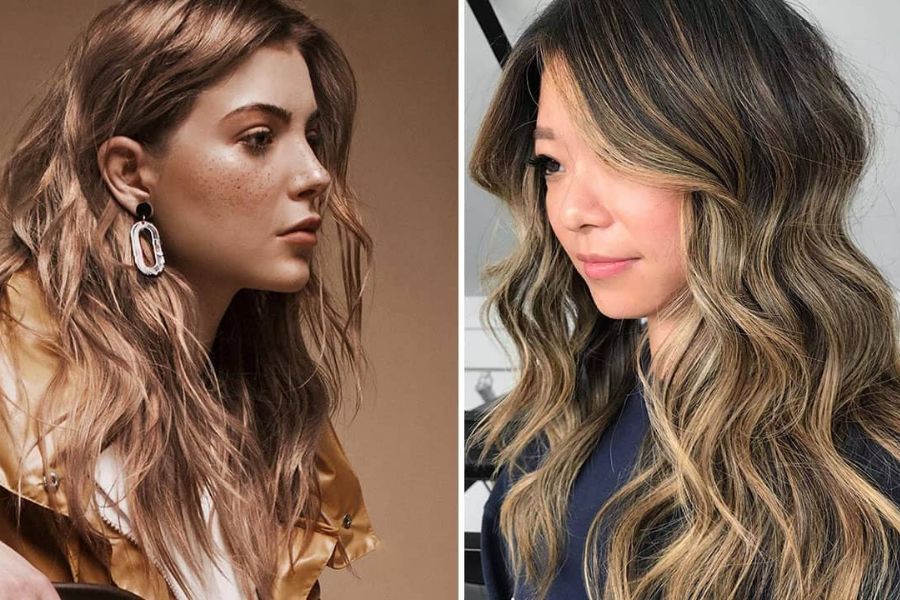

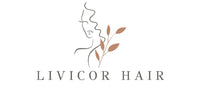
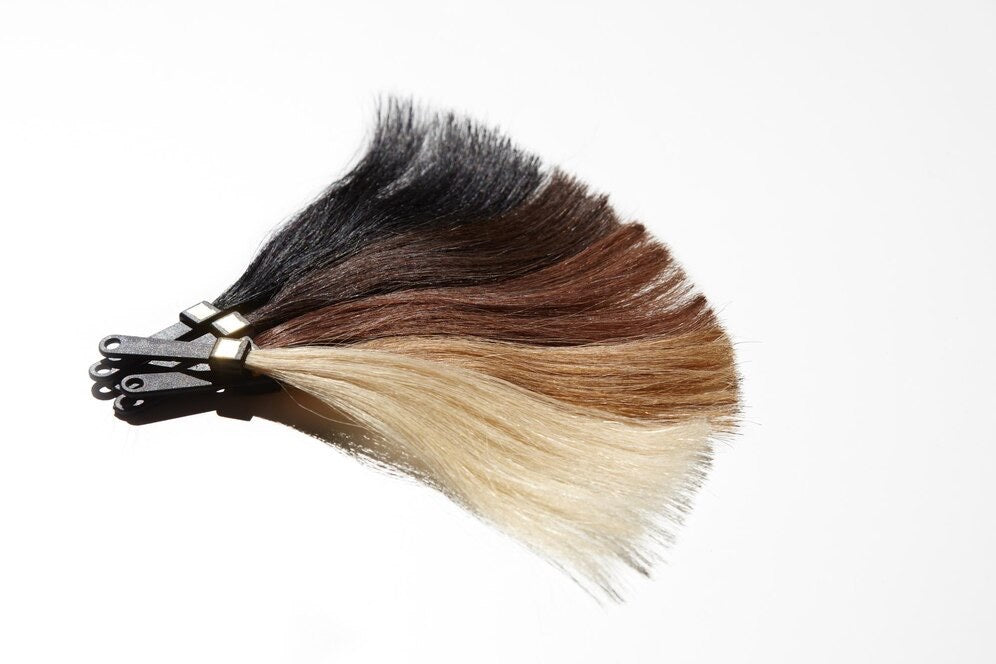
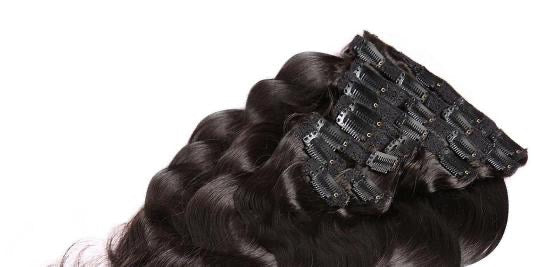
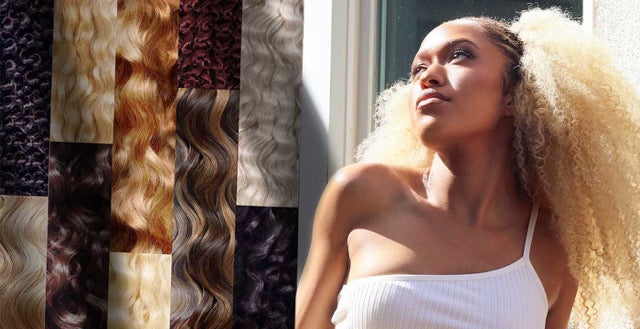
Comments